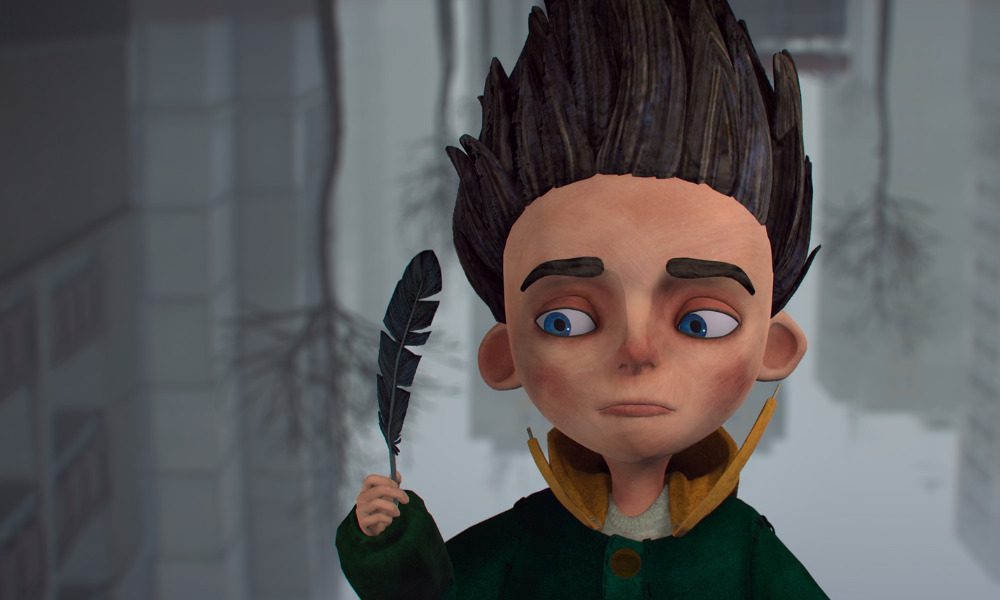Creating high-quality game animation involves several steps, including concept and pre-production, character design and modeling, texturing and shading, and motion capture or hand animation. Leading game development companies work with designers to bring unique concepts to life and then create wireframe models of each character in the game. Texture artists use photogrammetry and hi-res photographs to map textures onto the in-game models, while motion capture technology records live performances for more realistic animations. Hand animation is an important part of the process, especially for small-sized studios. As technology advances, game animation will become even more realistic and engaging.
Behind the Scenes of Game Animation: The Workflows and Techniques Used by Leading Studios
Game animation is an essential component of modern video games. It takes players on a journey of wild adventure, and sometimes even brings imaginary worlds to life. The quality of game animation is only getting better, as players are now expecting more realistic and lifelike movements than ever before. The video gaming industry is a behemoth; with billions in revenue generated annually worldwide, and so is the demand for high-quality animated games.
Concept and Pre-Production
Creating an excellent game always begins with concept and pre-production. The game’s concept can take shape in many ways, from written ideas to hand-drawn sketches. Many leading game development companies work with video game designers who specialize in bringing unique and new concepts to life. They then work together to evaluate ideas and iterate through them until they are ready to move onto pre-production. In pre-production, this is where the animation team starts creating 3D models and designs to match specific game and characters.
Character Design and Modeling
The next stage is character design and modeling. Animators create wireframe models of each character in the game. They develop these wireframes with the game’s mechanics and movements in mind. A typical model will contain hundreds and thousands of polygons, depending on the particular game. Once the wireframe model is complete, the animators will use 3D software tools to add skin and detail to the model to give them a lifelike appearance. This process can take many hours to achieve the desired results.
Texturing and Shading
Once the models are created and animated, the texture artists and shader developers come into the picture. Texture artists create realistic textures which modify the 3D appearance of the models to achieve accurate lighting and natural surroundings. They use photogrammetry and hi-res photographs of real-world objects to map textures onto the in-game models. This is done to achieve the desired level of detail and realism in the game environment. The shading team will then ensure that the textures work alongside lighting in the game to produce accurate shadows and reflections which will give the game a realistic look and create a unique atmosphere to it.
Motion Capture
The animation team then moves on to motion capture (mo-cap). One of the most common ways of capturing live performances is through mo-cap technology. The motion of real actors and dancers are recorded through various sensors attached to their costumes, and these motion sensors send data to the computer, which is then used in creating realistic animations for the game. This method is much faster than animating movement by hand, but it can also be expensive, so it’s not suitable for small-scale studios.
Hand Animation
Another way of creating animation for games is through hand animation. Animators hand-draw all the movements of characters and objects in games, frame by frame. While this method takes much longer than mo-cap, it is still an essential part of the animation process, especially for small-sized studios that may not have the budget for motion capture. Hand animation is the most meticulous animation style, while it takes longer, it allows animators to create more expressive characters and movements that are tailored to the needs of the game.
Conclusion
Game animation is a complex process, with multiple steps that have to be executed perfectly, from the initial concept to the final product. The process consists of designing and modelling characters, texturing and shading, motion capture, hand animation and everything in between. Modern games are a prime example of how technology and creativity can be combined to create engaging, lifelike experiences. These games take players on incredible journeys – some of which they may never forget – and the reality is that behind every game, there’s a team of talented artists, developers and animators who have worked tirelessly to bring the game to life.
Game animation is taking great strides and constantly evolving, allowing animators and designers to create new ways to experience gaming. As technology continues to progress, we can only expect better, more realistic animations that will take us deeper into the imaginary worlds we love – and we can’t wait.
